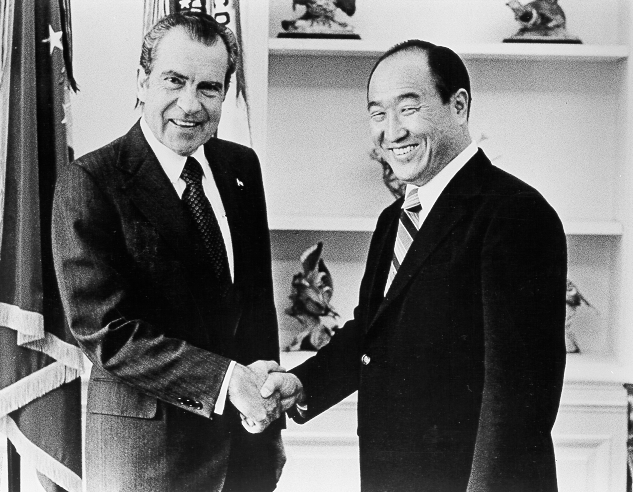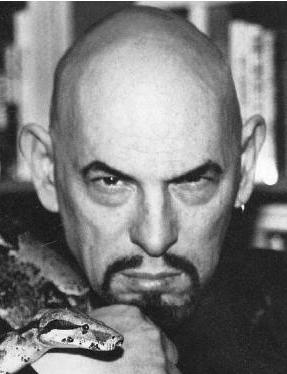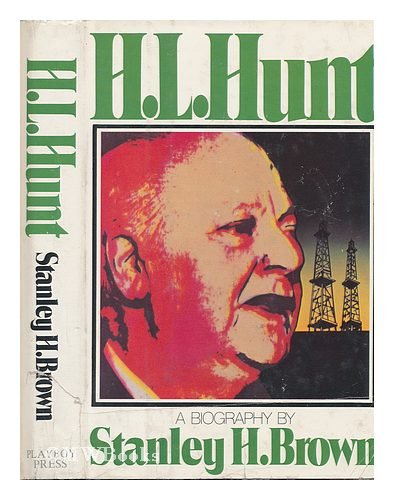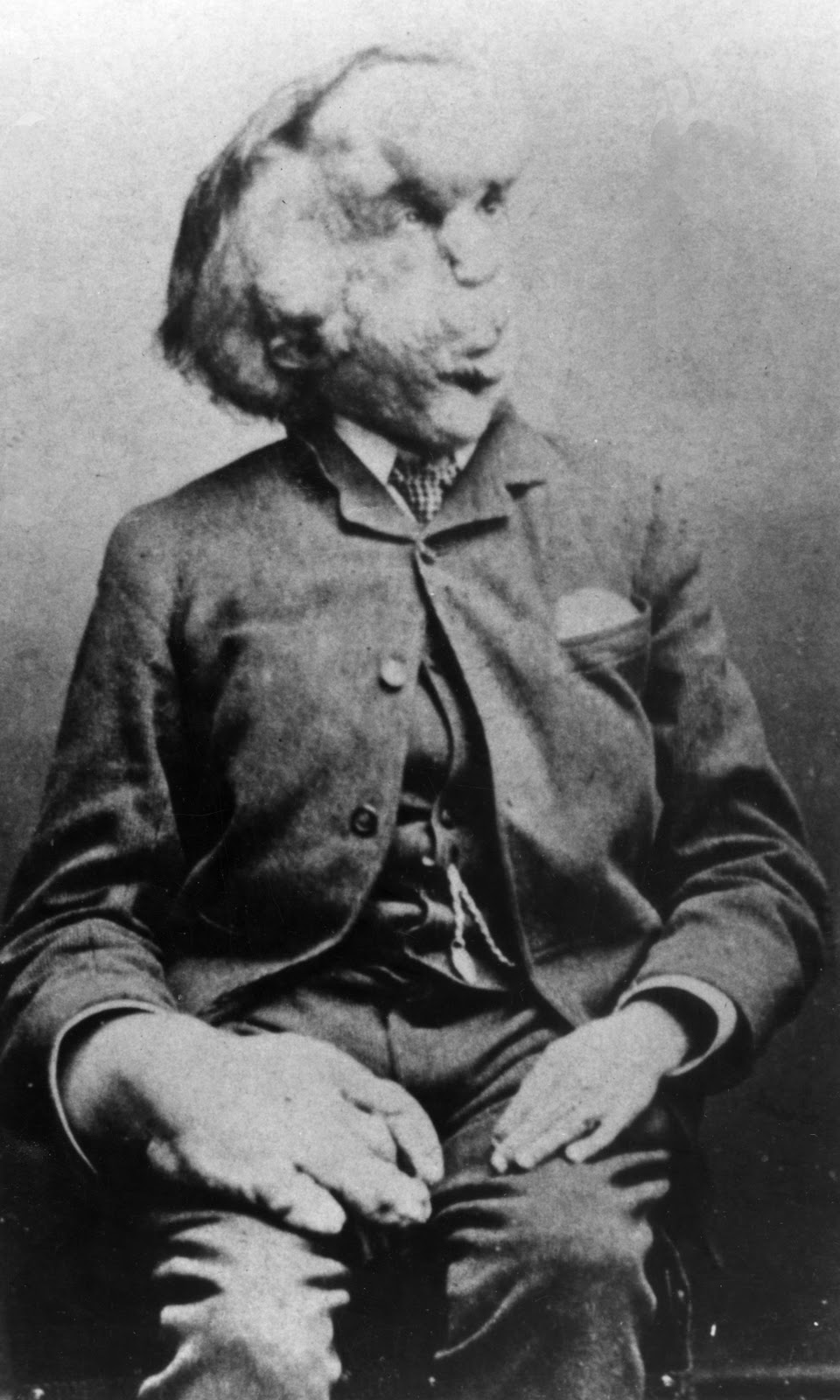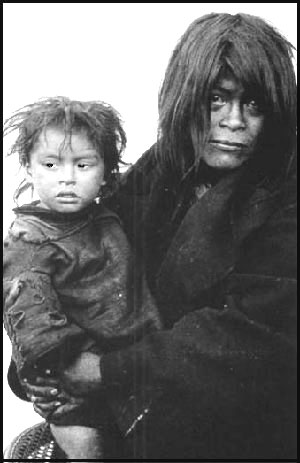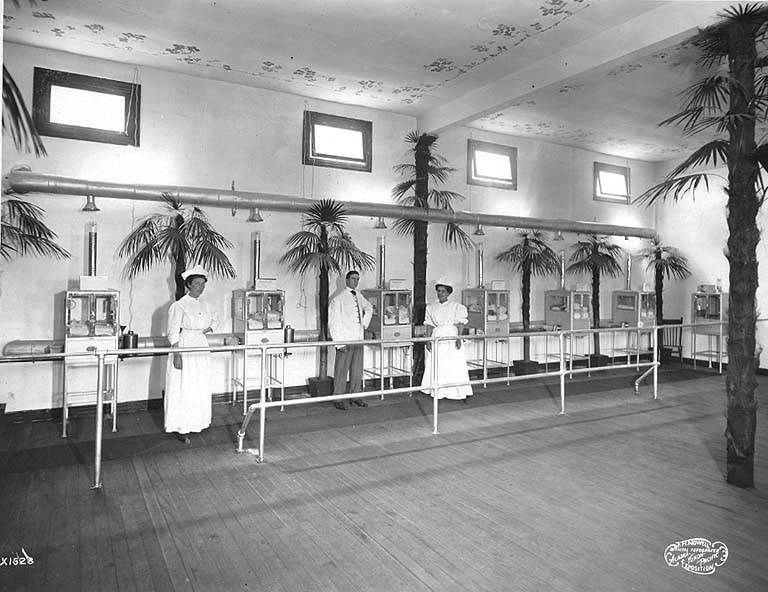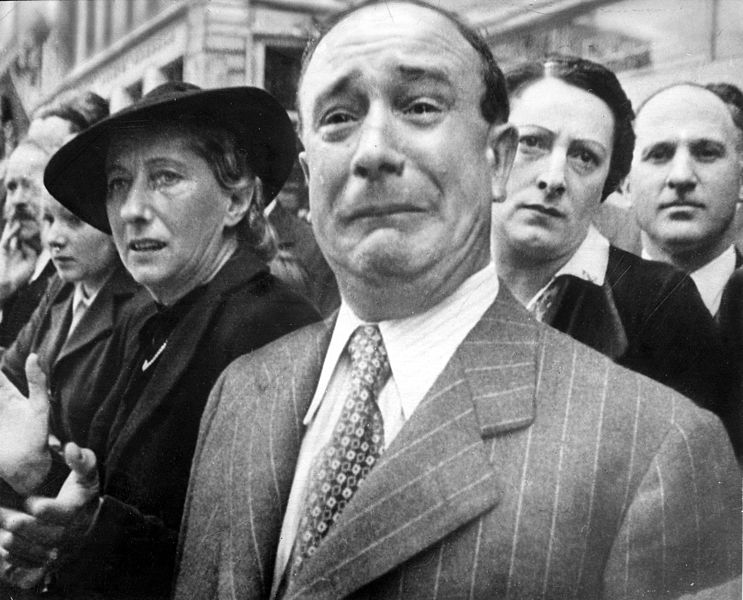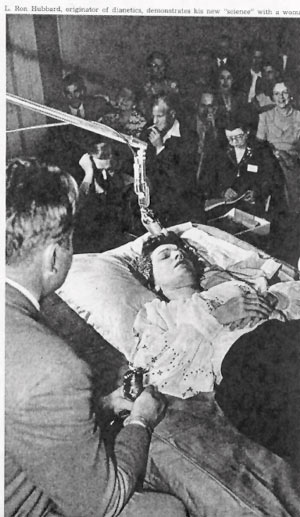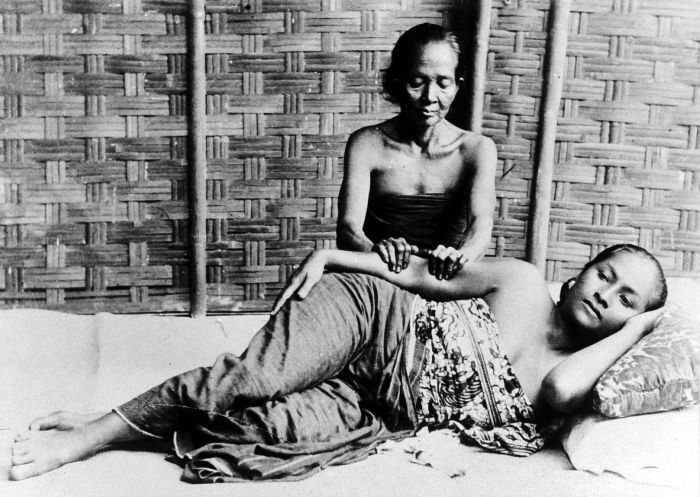
"Only once have I yielded to their invitations to allow my body to be treated like a piece of dough."
One of the sensitive reporters at the Brooklyn Daily Eagle filed a piece in the December 25, 1887 edition about being rubbed down by a Japanese “shampooer” or “amma,” who was apparently not easy on the eyes. An excerpt:
“As I am sitting in my room there comes to my ears the sound of a shrill pipe, sounding not unlike a fife. The traveler in Japan, go where he may, almost invariably hears this sound at night, and will be told in answer to his inquiries that the performance is a professional shampooer or amma. Many of those people are blind, and at night pass up and down the streets, feeling their way with long sticks, which they hold in one hand, while with the other hand they play upon the bamboo pipe, which seems to notify the world of their presence.
The amma is not a shampooer in the American sense of the term. He does not confine the operations to the head and hair. He practices what is known by the French as the massage. His art consists of kneading all the muscles of the body and bringing them into play, and he is regarded as a useful functionary, second in person only to the physician as a healer of physical disorders. The art is not practiced only by men, but also by women, and at almost every inn where I have stopped among the first persons to proffer their services have been the ammas. Only once have I yielded to their invitations to allow my body to be treated like a piece of dough, and that was at Subasbirt, immediately after my descent from Fuji. Tired and aching from deep exertion of climbing the mountain, the suggestion of Dr. Knipping that it might be well to allow an amma to shampoo us was acceded to, more from curiosity as to the possible results than from any faith in the efficiency of the treatment.
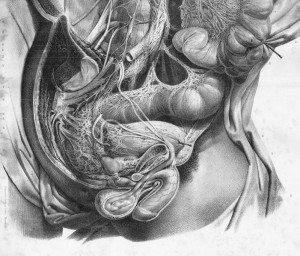
"The first act in the drama deals with the abdominal cavity."
The particular amma who came to our room and shampooed us was an ungainly and awfully ugly woman of middle age, whose blackened teeth when she smiled look like a row of watermelon seeds set in her face. During the process I had an opportunity to question her fully as to the business, and learned from her quite a number of interesting facts. She informed us that before commencing the practice of her art she had been obliged to serve an apprenticeship of three years, during which time she read a large number of Japanese books about treating the human body, and especially the muscles, and had become learned in anatomy and physiology. She had practiced the massage for ten years already, and had by means of it gained her livelihood. She stated that she was able in one evening, from 6 to 10, to treat four persons, who paid her a fee of 15 sen apiece. Her daily earnings, however, were not more than 30 sen on an average, or about 24 cents of American currency.
In the operation of shampooing, as practiced by the amma, the patient lies upon a futon or rug, while the amma kneels beside him. The first act in the drama deals with the abdominal cavity. Placing one hand on either side of abdomen, above the hips, the amma compresses the body laterally a number of times , then drawing up the loose folds of flesh, he kneads and pinches them, at the same time making passes which correspond in their direction with that of the colon. This portion of the treatment ended, each leg is attacked and vigorously rubbed and kneaded, the process terminating by a smart bastinado administered to the soles of the feet.
In rubbing and kneading the muscles use is made of a round ball of box wood, though the amma to whose treatment I submitted, employed only her fingers and knuckles. The arms and chest are treated as the legs, and then the patient is turned over face downward, and the shoulders and back are punched until the breath almost forsakes the body. The entire performance ends with a vigorous rubbing of the neck, which, in my case, seemed to threaten the dislocation of the cervical vertebrae. The amount of strength in the fingers and wrists displayed by the amma is quite remarkable. Our amma shampooed four persons in succession the evening we engaged her, consuming four hours in the task, during which she was working with all her might almost constantly, only stopping to wipe off the perspiration, which flowed from her face.
The result of the experiment, so far as I was personally concerned, was, I think, such as to warrant a repetition of the treatment under like circumstances. I awoke on the morrow feeling far less tired and sore than I had reason to believe my mountain climbing would have left me.”




